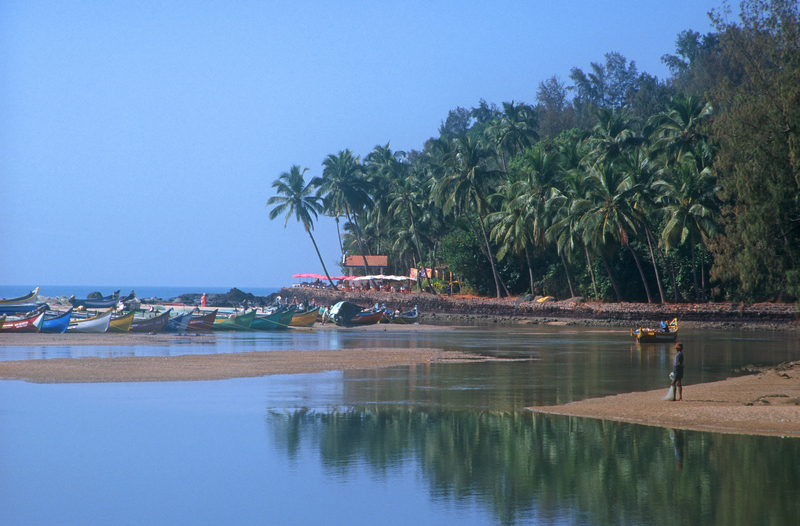If you are in North Goa, don’t miss the opportunity to be at Baga, India. The beach always has activity and action happening on its sandy coasts. Right from fine dining options to thrilling water sports such as snorkeling, and a nightlife that beats till early next morning, Baga is surely a paradise to be at.
 Location: North Goa, from Mausam it is around 6 miles, and from Panaji it is around 10 miles. Baga sits on the border of Anjuna and Calangute.
Location: North Goa, from Mausam it is around 6 miles, and from Panaji it is around 10 miles. Baga sits on the border of Anjuna and Calangute.
How to get there: Thivim would be your best option by railways, since it is the closest to Baga. If you touch down at Dabolim, which is the airport in Goa, you would have to drive down 31 miles.
What about the weather: throughout the year it is warm and humid, but it never too hot. Maximum temperature at Baga would be thirty three degrees Celsius. The nights in winters from mid December to early February can be chilly, so carry warm clothes if you are there at that time. Rainfalls are worst during June to August and the beaches close at this time, but nightspots till remain open for business.
Best time to visit: from mid October to early March
Attractions: water sports, plenty of it at Baga beach to quench your adventurous soul.
- Para sailing
- Wake boarding
- Windsurfing
- Kite surfing
- Jet skiing
- Dolphin spotting
- Island trips
- The Wednesday flea market for shopping
Nightlife: get to Tito’s Lane for all the fun at the well known “Club Tito and Café Mambo”. You could also be a part of the DJ wars, cocktail wars, shooter wars, juggling bartenders performances, live music, dances, rock n roll fiestas etc.
Come join the fun and enjoy what the beaches of India have in store for you, if you need more help get in touch with Thrillophilia – Adventure Travel India!






